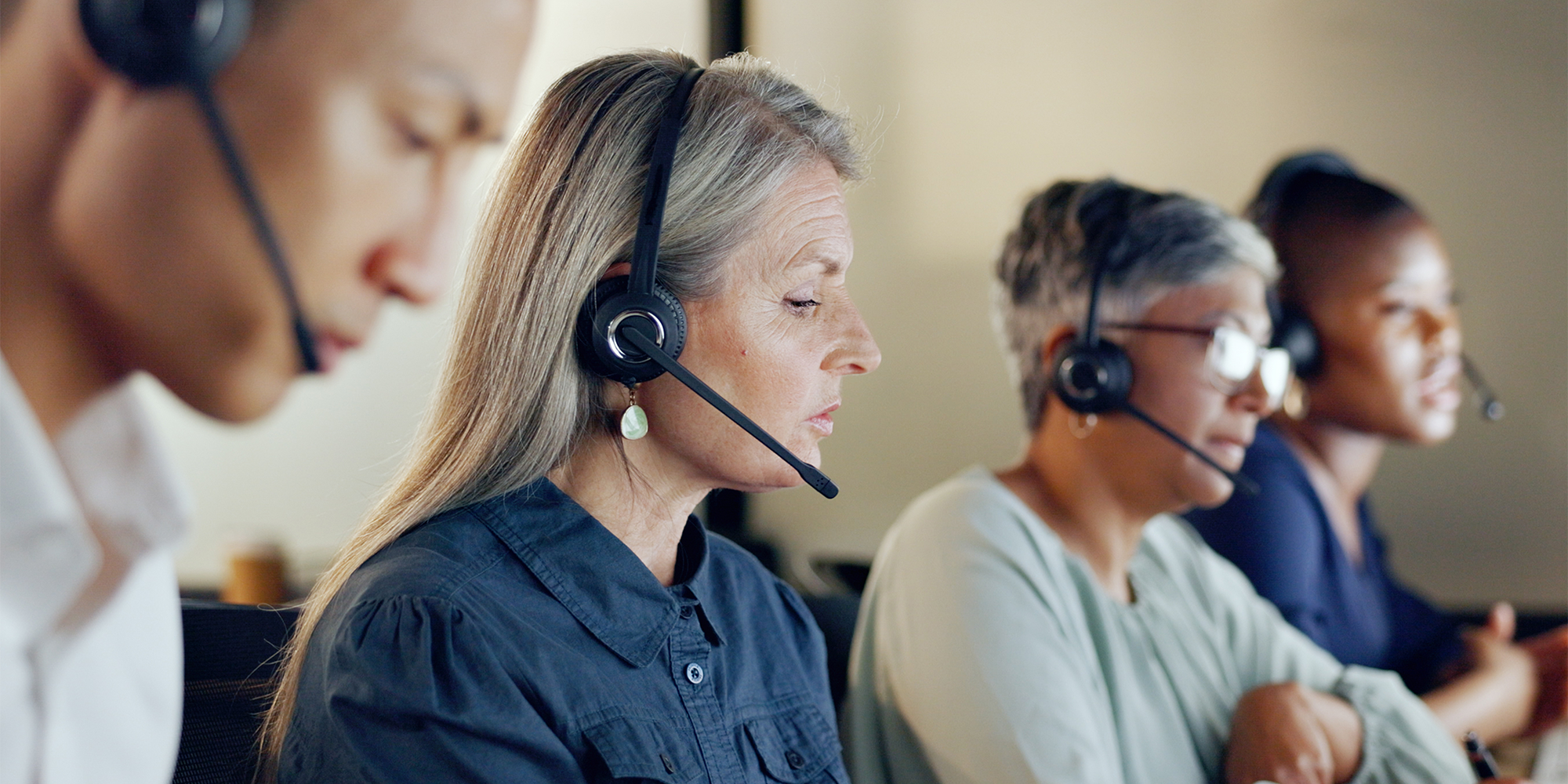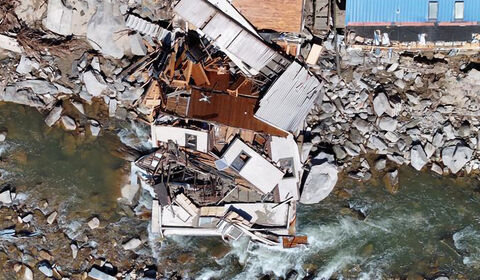One thing I’ve learned in my time managing Crawford’s Contact Centre is that the claims experience starts well before an adjuster is involved. For most people, it begins with a phone call—and often, that call comes at a stressful moment. How we respond can shape a policyholder’s entire perception of their insurer.
The majority of our calls come from policyholders who have just experienced a loss. We answer those calls on behalf of their insurance companies and brokers—both during large-scale catastrophic events and in day-to-day situations. Regardless of scale, every caller deserves the same level of attention and care.
Today’s insurance environment looks very different than it did just a few years ago. With more claims coming in—and many of them more complex—it’s putting extra pressure on systems and people. At the same time, high turnover across the industry has made it harder to maintain consistent service levels. This is especially true during a catastrophic event, when emotions are high, volumes surge, and every moment counts. Being prepared means having the right people in place to respond with empathy, clarity and consistency—starting from that very first conversation.
These challenges add up. Customers are waiting longer, asking for more updates, and expecting faster, clearer communication. For insurers, that means finding new ways to meet rising expectations, even when resources are stretched.
That’s exactly where our team focuses. Every member of our contact centre is trained to do more than just take a report—we listen, guide and offer assurance when people need it most. We also work closely with our clients to ensure we’re aligned with their brand and expectations.
We may not be the ones handling the claim from start to finish, but we set the tone. And in a competitive environment, that matters more than ever. When service starts off right, everything that follows has a better chance of going smoothly. That first call isn’t just about gathering information—it’s about earning trust and we don’t take that responsibility lightly.
It’s why we invest in training, stay aligned with our clients’ expectations and remain ready to scale up during a surge in events. In moments of uncertainty, being a steady voice on the other end of the line can make all the difference.



